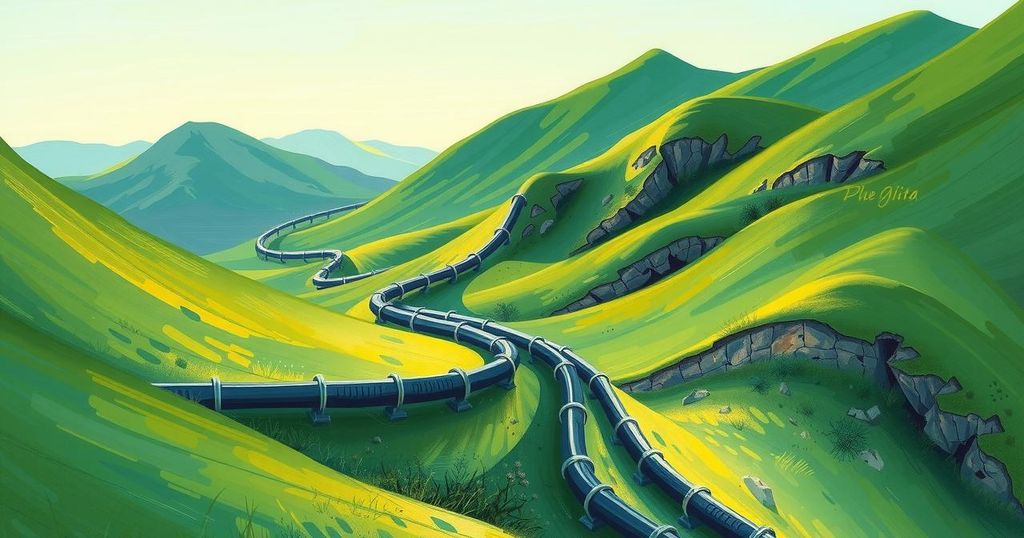Tanzania and Burundi have engaged Chinese firms to construct a railway that links the two countries, aiding transport of metals such as nickel to Dar es Salaam. The $2.15 billion project is financed by the African Development Bank and is anticipated to carry three million metric tons of minerals annually. China’s ongoing investment in African infrastructure has sparked concerns regarding rising debt and dependencies.
The government of Tanzania has collaborated with Chinese firms to construct a railway that will connect Tanzania to Burundi. This undertaking aims to facilitate the transport of various metals, particularly nickel, to the port of Dar es Salaam. The project will be developed by the China Railway Engineering Group Ltd and the China Railway Engineering Design and Consulting Group, with an announcement made by Tanzania’s Transport Minister, Makame Mbarawa, during a recent signing ceremony.
The estimated cost of the railway project is $2.15 billion and will be financed by the African Development Bank (AfDB) as confirmed by Tanzania’s Finance Minister, Mwigulu Nchemba. This 282-kilometer (175-mile) standard gauge railway is expected to transport approximately three million metric tons of minerals annually, according to reports from Tanzania’s finance ministry.
China has maintained its status as Africa’s largest trading partner, engaging in significant infrastructure developments under its Belt and Road Initiative. Earlier this year, the China Development Bank sanctioned a loan of $254.76 million to Nigeria to bolster another key railway initiative, further illustrating China’s commitment to enhancing African infrastructure.
In 2023, President Xi Jinping announced nearly $51 billion in funding for infrastructure projects in Africa, which includes the promise of generating at least one million jobs. After a slowdown, Chinese investments in Africa surged, approving $4.61 billion in loans in 2022—the first substantial increase since 2016, bringing China’s total investment to $182.28 billion since 2000.
While the influx of Chinese investment has stimulated economic growth across the continent, concerns about long-term ramifications have emerged. These include increased debt levels, reliance on foreign funding, and potential environmental and social issues arising from extensive infrastructure projects.
The partnership between Tanzania and Burundi to create a railway represents a notable example of China’s significant involvement in African infrastructure projects. Historically, China has positioned itself as a vital partner for many African countries through its Belt and Road Initiative, which promotes development via investment in critical infrastructure. This railway aims to enhance trade efficiency and mineral transport between the two nations, particularly targeting the lucrative nickel market, a vital resource for battery production and various industries.
This railway construction project between Tanzania and Burundi marks a crucial development in enhancing regional trade and mineral transport, especially for nickel. While the financial backing from China and the African Development Bank signifies a robust partnership, it also raises questions regarding the implications of such foreign investments on long-term economic stability and environmental sustainability in Africa. Balancing immediate economic benefits with potential future challenges will be essential as this project unfolds.
Original Source: africa.businessinsider.com




